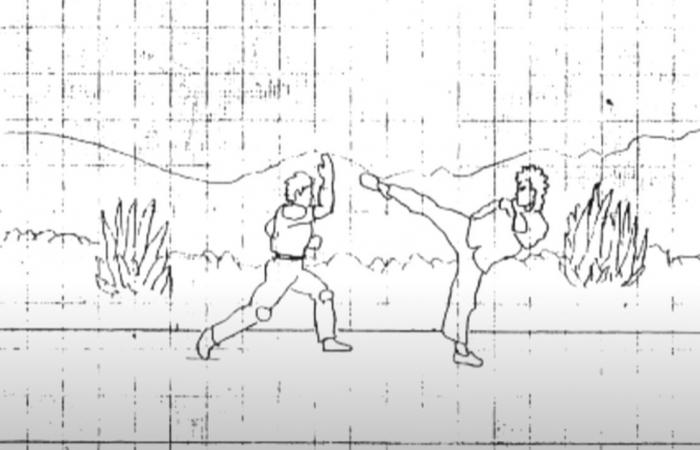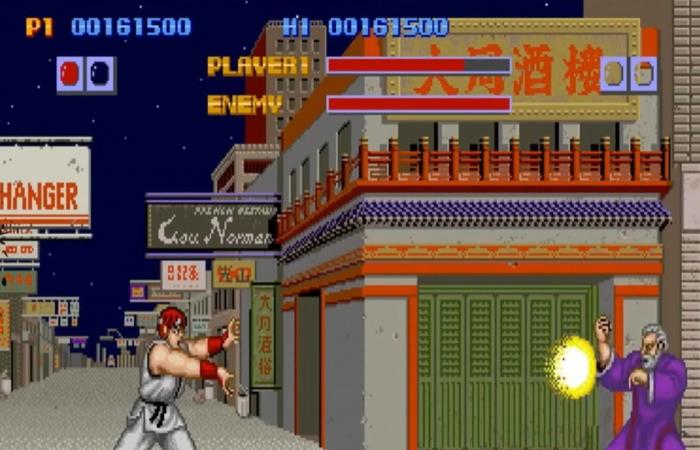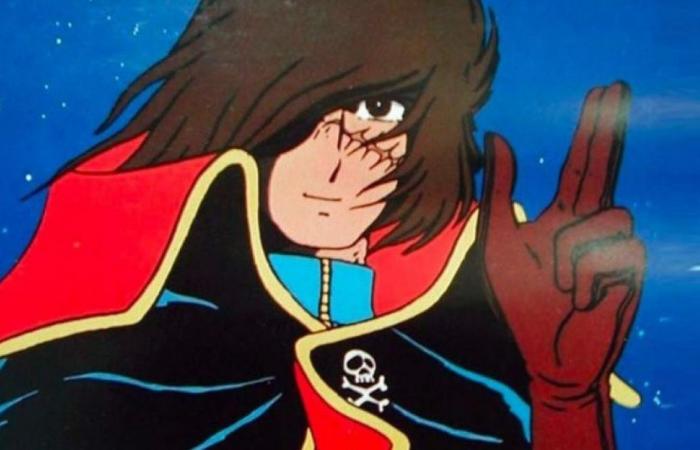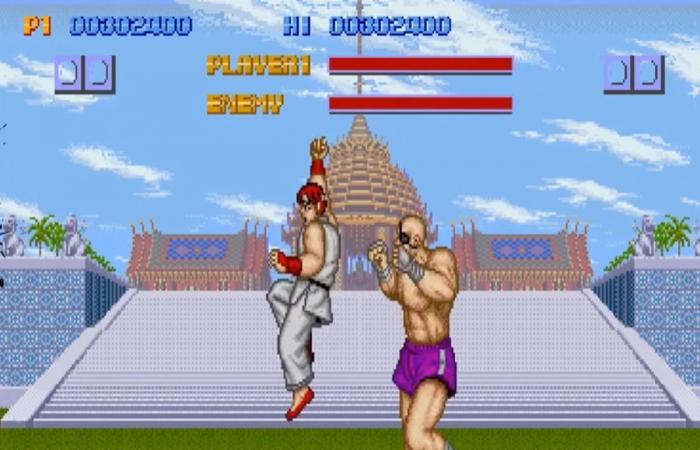April 11, 1992, after months of waiting, the Super Nintendo arrives in France and arrives with an exceptional title: Street Fighter 2. This fighting game, which will revolutionize the world of console fighting, has nevertheless come a long way . From far away… We tell you its fascinating story.
In the 1980s, video games were only in their infancy and creators sought to innovate by learning to exploit the different technologies available to them. At that time, despite the arrival of home consoles and microcomputers, arcades remained the essential place to live incredible experiences. In Japan, several publishers are engaged in a merciless battle and each is looking for the loophole that could bring the competition to its knees. While shooting games, called shoot’em up, are well established, companies are turning to other genres.
This is the case of Capcom and artist Takashi Nishiyama. “ One day, at Capcom, we had a meeting between the development and marketing teams. It lasted at least two hours and I found it hard to concentrate as a creative. I was in awe and when I came to my senses, I had scribbled some ideas and sketches on a piece of paper. It is at this precise moment that the idea for Street Fighter came to me. » While daydreaming, he begins to draw two characters fighting face-to-face, with a video game interface at the top of the page. Capcom producer Yoshiki Okamoto discovered the sketch and found the concept very interesting. It is the birth of a cult media license.

The Kung Fu Master
Takashi Nishiyama is not inexperienced, quite the contrary. It is in fact the origin of Kung Fu Master, a famous fighting game that he developed during his time with the publisher Irem. Based on Hong Kong martial arts films, the title was a huge success in arcades. Adapted to game consoles, it is now a great video game classic. By wanting to transpose the universe of Kung Fu Master (where the hero progresses by facing waves of enemies), into a face-to-face fighting game, Nishiyama did not know it yet, but he was preparing to pose the foundations of a revolutionary game.
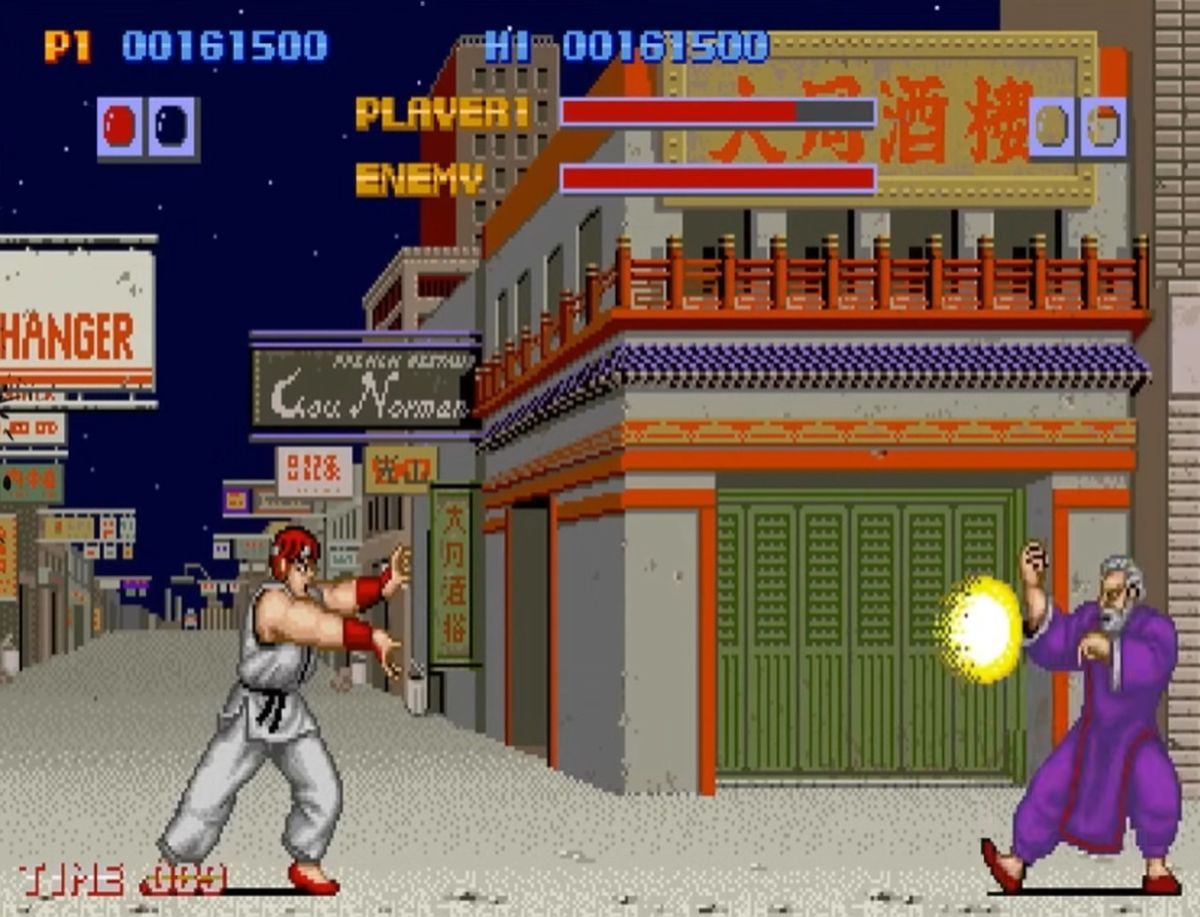
Equipped with this sketch, the person concerned develops a more detailed document and obtains the green light from his management. He then received the support of Hiroshi Matsumoto, a man who would have an important influence on the creation of Street Fighter. The duo then begins to work on the characters, on the movements to introduce, but also, and this is unusual, on the scenario! What Nishiyama wishes, it’s bringing personality to each fight by indicating the type of martial arts practiced (boxing, kickboxing, shorinji kempo, etc.), family ties or even details about their everyday life. To give scale to the game, Nishiyama even goes so far as to take inspiration from the film Operation Dragon, the posthumous work of Bruce Lee.
Draft…
By imagining character fights that use very different martial arts, Nishiyama and Matsumoto developed an idea that would be used in many media: video games, films, comics, novels… In the meantime, it is above all a question of a game and having a concept with its specifications is not enough! Nishiyama has another idea that will hit the mark: imagine special moves by exaggerating them compared to reality. Fireball, mega uppercut, spinning jump… the Japanese creator holds nothing back! “ The idea of the Hadoken (special attack which allows you to project a ball of energy) comes from an anime. », confides Takashi Nishiyama. “ I was inspired by Albator and the missiles that had to be loaded before being sent into space to destroy enemies. » You are not dreaming, it was indeed by immersing himself in Albator, the Space Corsair, that the Japanese designer imagined this “fireball” attack, which the character had to charge in the manner of a Kamehameha from Dragon Ball. We learn something every day!
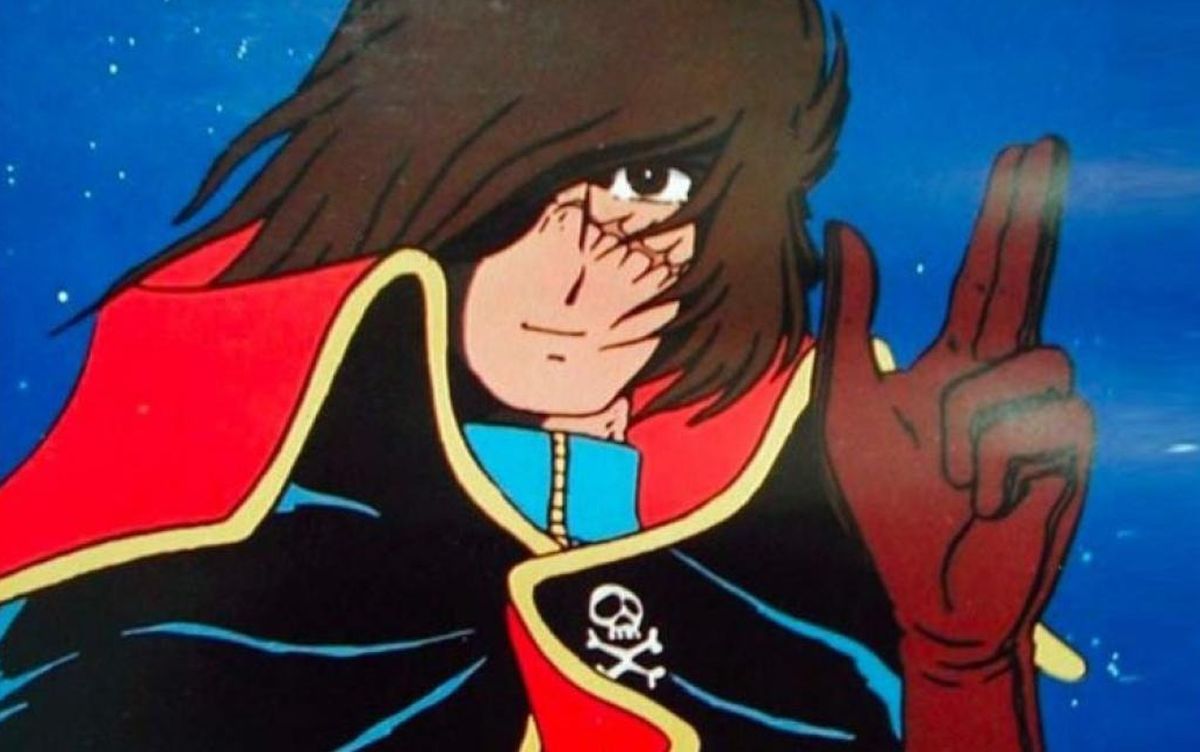
At its output, the aptly named Street Fighter is unfortunately light years away from its creator’s wishes. Due to a reduced budget, the entire cast of playable characters has disappeared! Players can only play as Ryu and Ken! On top of that, the animation suffered strange repercussions, the fault of a programmer whose job… was a systems engineer and who did not work for Capcom, but for an external company! Takashi Nishiyama literally pulled his hair out to give him the advice needed to create good animation, but it wasn’t enough. Very average, not to say bad, Street Fighter will gradually disappear into general indifference. But it’s only a postponement…

At the end of the 1980s, seeing that shooting games were losing their popularity with the public, Capcom decided to ride on the success of works like Double Dragon. Playable in cooperation, they bring in a lot of money and the Japanese publisher wants its piece of the pie. A fighting game project begins, but suddenly stops when a shortage of chips (linked to the memory of electronic arcade cards) occurs. Initially, taking inspiration from the competition, Capcom developed the game Final Fight, a fighting game where the heroes progress through settings by hitting everything that moves. Originally, Final Fight was called Street Fighter 89 because the Japanese publisher wanted a sequel to the first Street Fighter. Once it was finished (and the memory chip problem solved), they decided to make it for real.
…to the masterpiece
After playing hundreds of hours of the original, the developers have exposed all of Street Fighter’s flaws. To erase the problem of the lack of characters, they chose, from the start, to rely on 12 characters (8 fighters and 4 bosses). To save time and make a nod to the past, they recovered and modernized Ryu and Ken before integrating the wrestler Zangief, the greenish creature Blanka and the leaping Vega. Creating the fighters was not an easy task (the artists didn’t sleep much and there was a budding rivalry within the same team), but most of the work was focused on the pleasure of the game, the musical atmosphere and the visual production.

Designed by a team of around forty people (half of whom were responsible for the graphics), Street Fighter II benefited from a considerable budget and much more efficient memory chips. Exceptional in arcade, the game will be adapted for Super Nintendo in 1992 and bring “the arcade home”! A true social phenomenon, it required an immense effort, but the entire Capcom team aimed for only one thing: perfection. Kazunori Yamada, composer, remembers: “ The Super Nintendo had limited capacity. So if there was an “Aaaaaah” sound, we couldn’t put the whole voice. Instead, we made a little “ah” sound and repeated it “ah”, “ah”, “ah”. This gave the same sound without the full file. We had to find tricks like this to be able to integrate all the audio elements… “.

Offered in a pack with the Super Nintendo, Street Fighter II was a locomotive for console sales and remains an emblematic work of its time. Accessible to novices and incredibly deep for purists, it literally turned the world of video games upside down. In twenty years, we will still be talking about it. And yet, at the start, it really wasn’t won… Hadôken!



